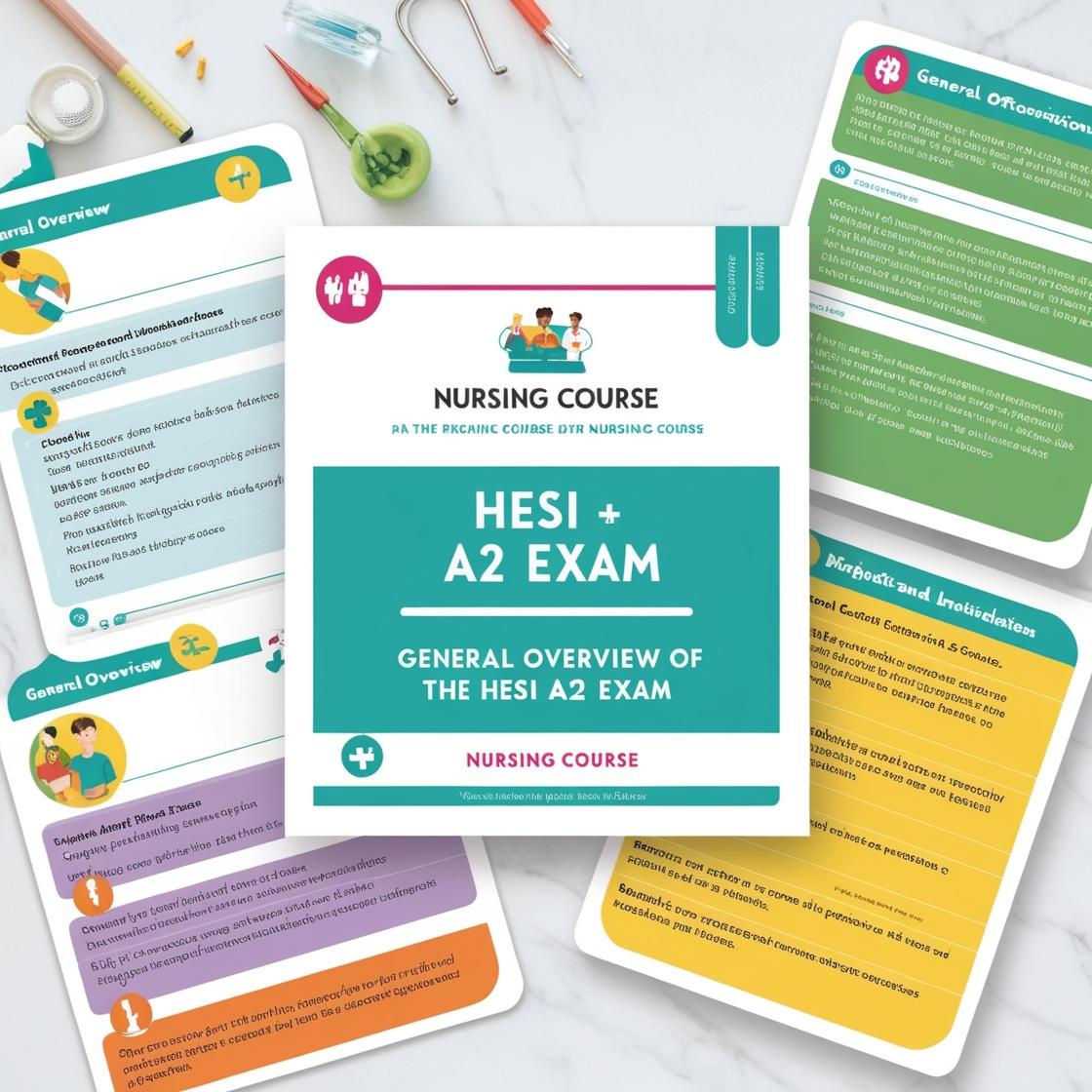HESI A2
HESI A2 Anatomy and Physiology Practice Test
1. What is the function of the coronary artery?
- A. It carries oxygenated blood to the heart muscle.
- B. It carries deoxygenated blood to the lungs.
- C. It distributes blood to the body.
- D. It supplies blood to the heart muscle.
Correct answer: D
Rationale: The correct answer is D: 'It supplies blood to the heart muscle.' The coronary artery's main function is to supply oxygenated blood to the heart muscle, ensuring that the heart receives the necessary nutrients and oxygen it needs to function properly. Choices A, B, and C are incorrect because the coronary artery specifically delivers oxygenated blood to the heart muscle, not deoxygenated blood to the lungs or blood to the rest of the body.
2. Why might certain young people be underweight?
- A. They are growing in height faster than they are gaining weight.
- B. They eat little protein and too much fat and sugar.
- C. They eat several meals a day and fail to exercise enough.
- D. They seldom eat a meal that contains foods from all food groups.
Correct answer: A
Rationale: Certain young people might be underweight because they are growing in height faster than they are gaining weight. During periods of rapid growth, the body's energy requirements are primarily directed towards height growth rather than weight gain, resulting in some individuals being underweight despite consuming sufficient calories. Choice B is incorrect because the question focuses on reasons related to growth rather than diet composition. Choice C is incorrect as it suggests overeating rather than the specific growth-related issue of height surpassing weight gain. Choice D is incorrect as it addresses nutritional variety rather than the growth dynamics affecting weight.
3. Which plane would you use to separate the abdominal cavity from the thoracic cavity?
- A. Sagittal
- B. Transverse
- C. Frontal
- D. Coronal
Correct answer: B
Rationale: The transverse plane, also known as the horizontal plane, runs horizontally from left to right, dividing the body into superior (upper) and inferior (lower) parts. This plane is ideal for separating the abdominal cavity (located below) from the thoracic cavity (located above). The sagittal plane (choice A) divides the body into left and right portions, the frontal plane (choice C) divides the body into front and back portions, and the coronal plane (choice D) is another term for the frontal plane. Therefore, when looking to separate the abdominal cavity from the thoracic cavity, the transverse plane is the most appropriate choice.
4. Which type of muscles are involved in peristalsis?
- A. Smooth muscles
- B. Cardiac muscles
- C. Skeletal muscles
- D. Epaxial muscles
Correct answer: A
Rationale: Peristalsis is a coordinated, wave-like muscular contraction that propels food and other materials through the digestive tract. Smooth muscles are responsible for this movement in the gastrointestinal tract, providing the involuntary contractions needed for peristalsis to occur. Skeletal muscles, cardiac muscles, and epaxial muscles are not directly involved in peristalsis. Cardiac muscles are found in the heart and are responsible for its contraction. Skeletal muscles are attached to bones and control voluntary movements. Epaxial muscles are located along the vertebral column and are involved in the movement and stabilization of the spine.
5. Which is an anterior feature of the human head?
- A. The nose
- B. The ears
- C. The occipital lobe
- D. The temporal lobe
Correct answer: A
Rationale: The nose is an anterior feature of the human head, located in the frontal part of the face. It plays a vital role in the respiratory system by allowing air to enter and exit the body. Additionally, the nose contains olfactory receptors that enable the sense of smell. The ears, occipital lobe, and temporal lobe are not anterior features of the human head. The ears are located on the sides, the occipital lobe is at the back of the head, and the temporal lobe is on the sides and base of the cerebral cortex.
Similar Questions

Access More Features
HESI A2 Basic
$89/ 30 days
- 3,000 Questions with answers
- 30 days access @ $89
HESI A2 Premium
$129.99/ 90 days
- Actual HESI A 2 Questions
- 3,000 questions with answers
- 90 days access @ $129.99
